Basical Food Additives in Bakery
Food additives play a crucial role in the baking industry, especially in products like biscuits, bread, and cakes, by enhancing flavor, improving texture, prolonging shelf life, and ensuring consistent quality.
Here are the common food additives in three baking fields:
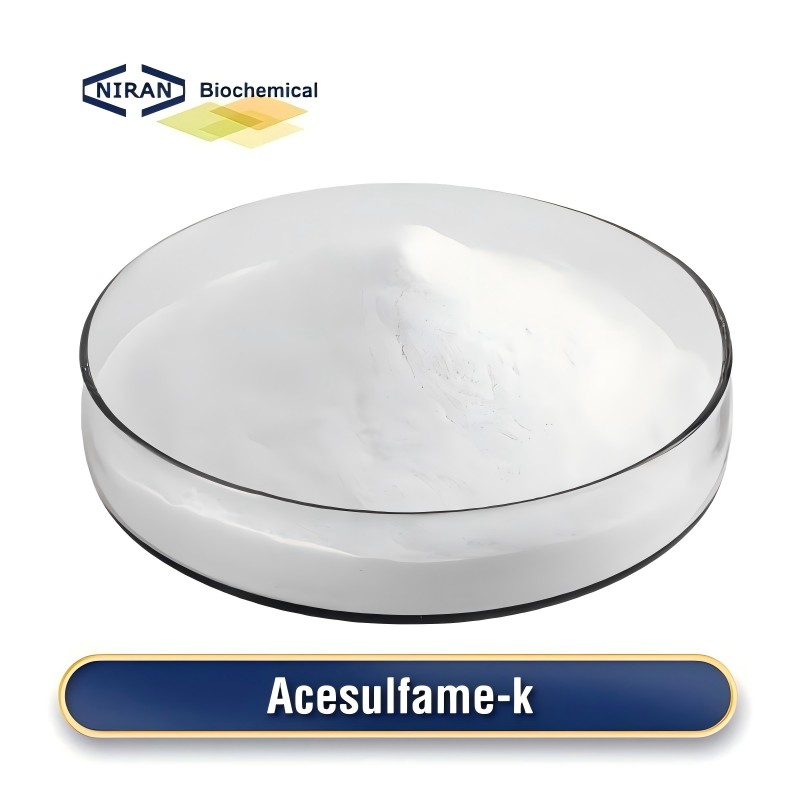
Acesulfame K
- A non-caloric sweetener, enhances sweetness in baking without adding calories. Typical dosage ranges from 0.05% to 0.1% of total ingredients.
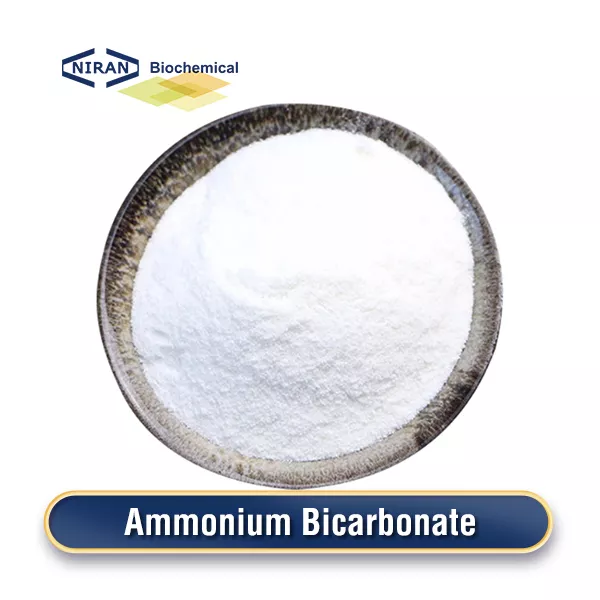
Ammonium Bicarbonate
- In baking, ammonium bicarbonate creates gas to elevate dough by acting as a leavening agent. Typical dosage is 0.5-1% of the flour weight.
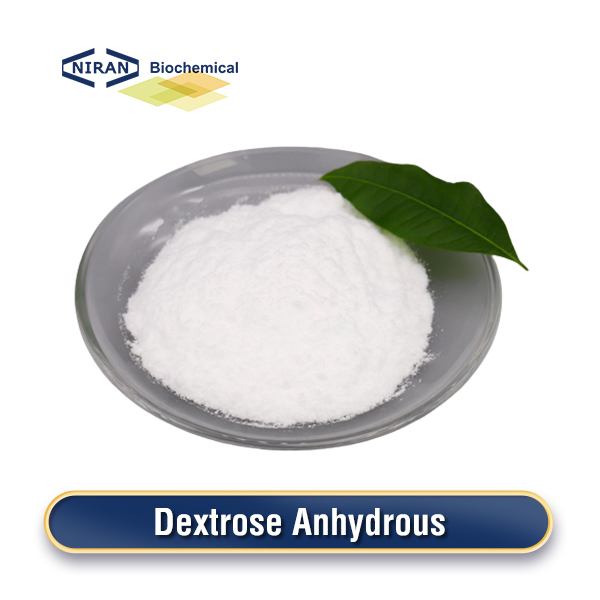
Dextrose Anhydrous
- As a sweetener and fermentation enhancer in baking, improving texture and moisture retention. Typical dosage ranges from 1% to 3%.
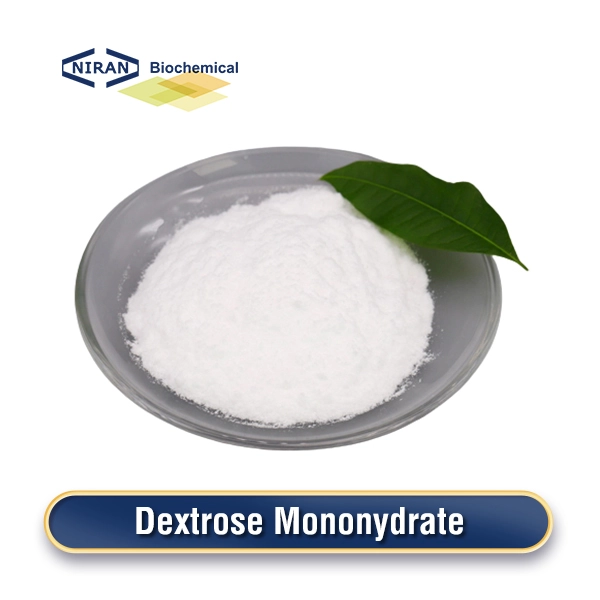
Dextrose Monohydrate
- It is a sweetener and fermentable sugar in baking, enhancing browning and moisture retention. Typical dosage ranges from 2-5% of total flour weight.
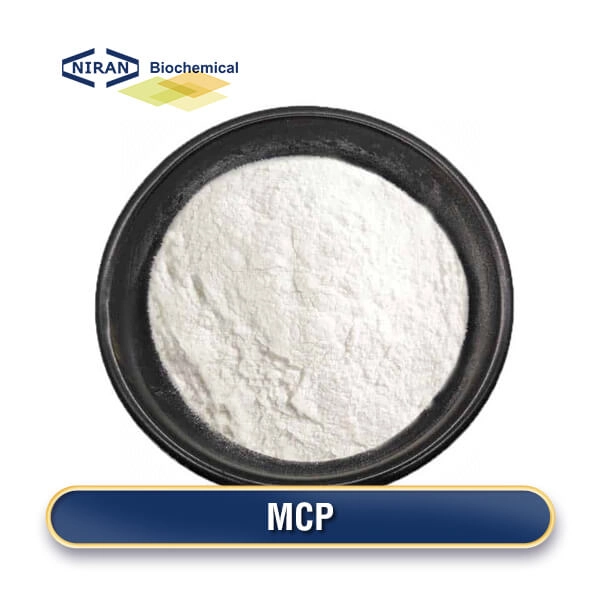
Monocalcium Phosphate
- In baking, its functions as a leavening agent, promoting dough rise. Typical dosage ranges from 0.5% to 1.5% of the flour weight.
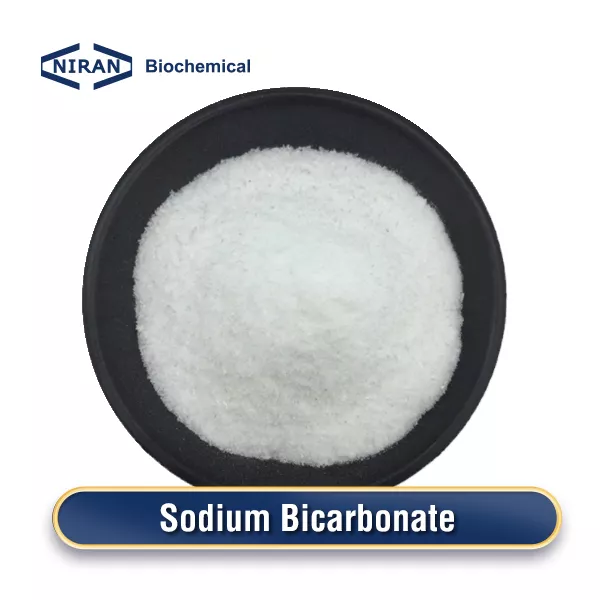
Sodium Bicarbonate
- It helps the dough rise by releasing carbon dioxide when used as a leavening agent in baking. Dosage is 1-2% of flour weight.
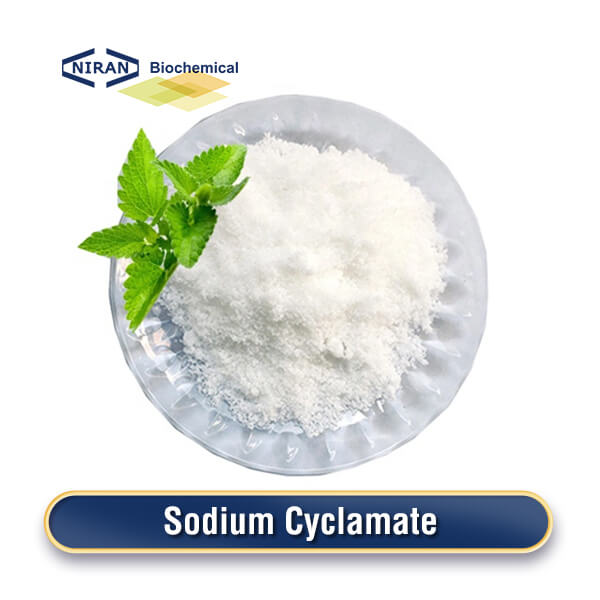
Sodium Cyclamate
- As a non-caloric sweetener in baking, providing sweetness without affecting texture. Typical dosage ranges from 0.1% to 0.5% of the recipe.
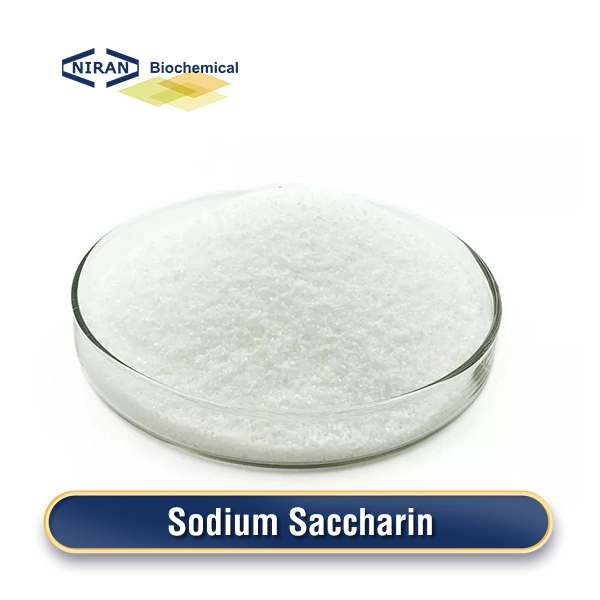
Sodium Saccharin
- It is used in baking to add sweetness without adding calories. Its typical dosage ranges from 0.02% to 0.05%.
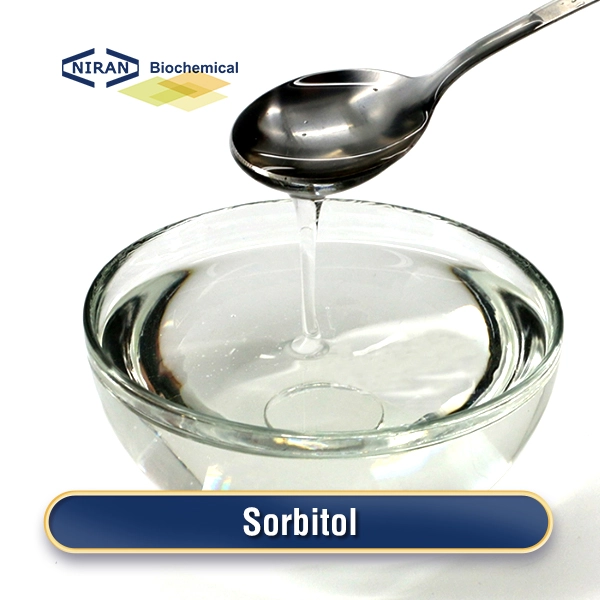
Sorbitol
- As a humectant and sweetener in baking, retaining moisture and extending shelf life. Typical dosage ranges from 2% to 5% of flour weight.
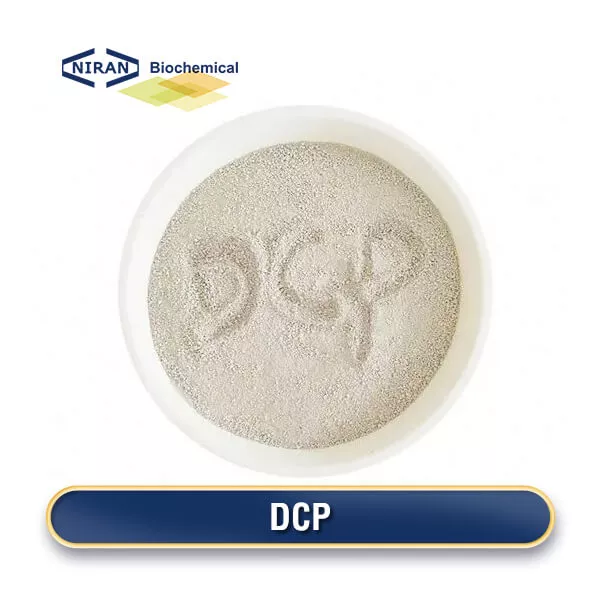
Dicalcium Phosphate
- A common food additive, enhances texture and acts as a calcium source in meat products. Typical dosage ranges from 0.1% to 0.5%.
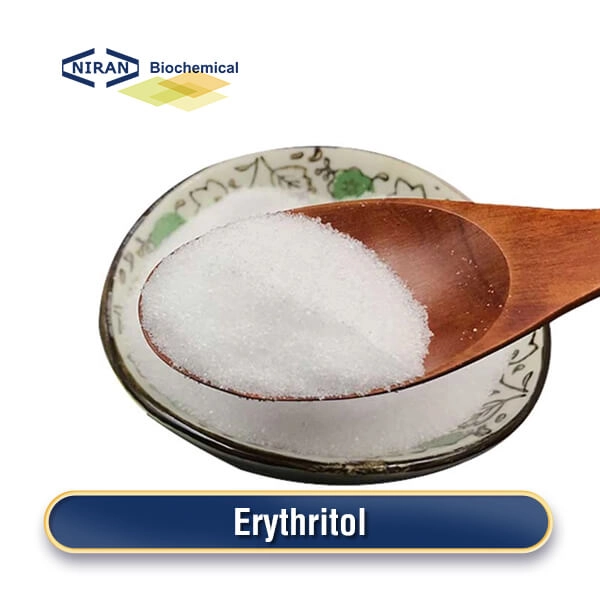
Erythritol
- A low-calorie sweetener used in food and beverages. It enhances sweetness without affecting blood sugar levels. Typical dosage is 0.2-0.4g per serving.
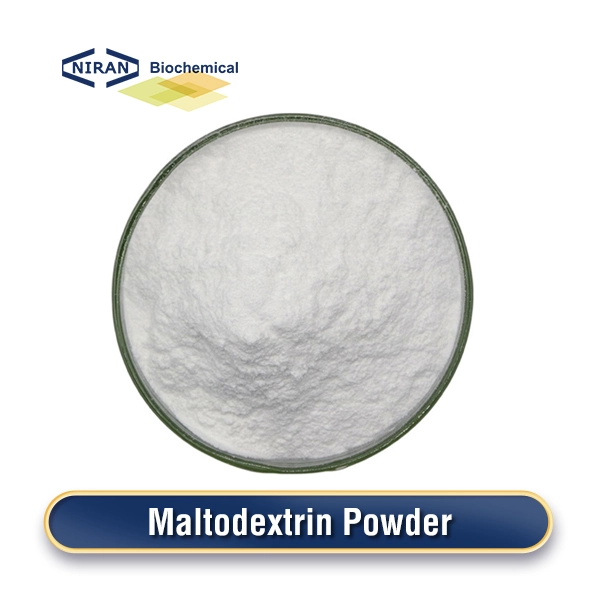
Maltodextrin
- A polysaccharide, acts as a filler, thickener, or sweetener in meat and poultry processing, with typical dosages ranging from 2% to 10%.
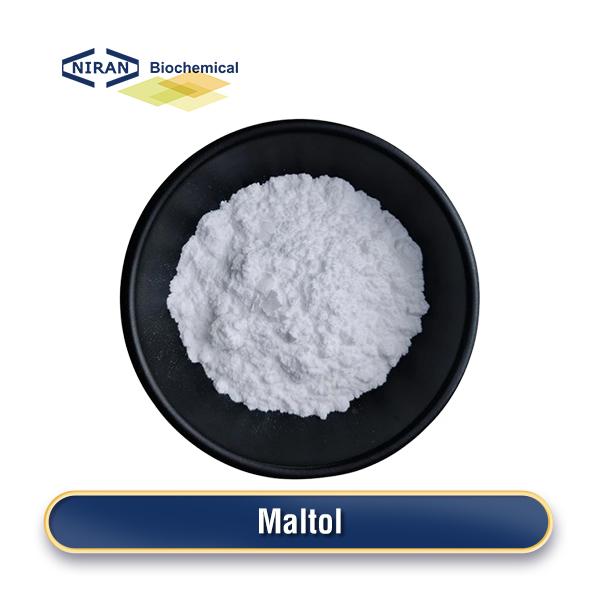
Maltol
- As a flavor enhancer and sweetener in Meat & Poultry, it provides a caramel-like taste. Its usual dosage ranges from 50 to 200 ppm.
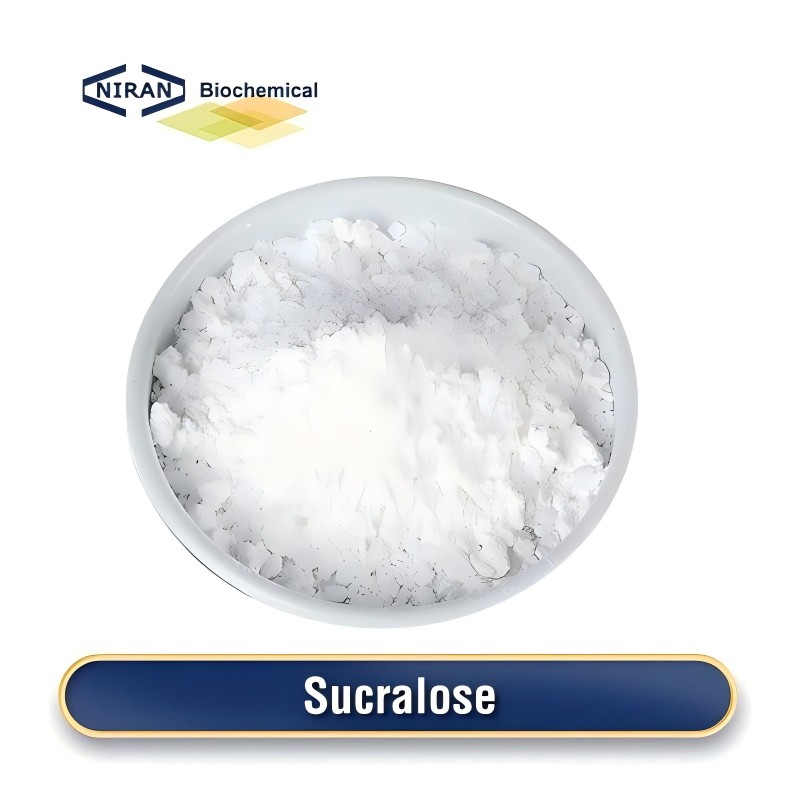
Sucralose
- A high-intensity artificial sweetener used in food and beverages, it provides sweetness without calories. Typical dosage ranges from 0.01% to 0.1%.
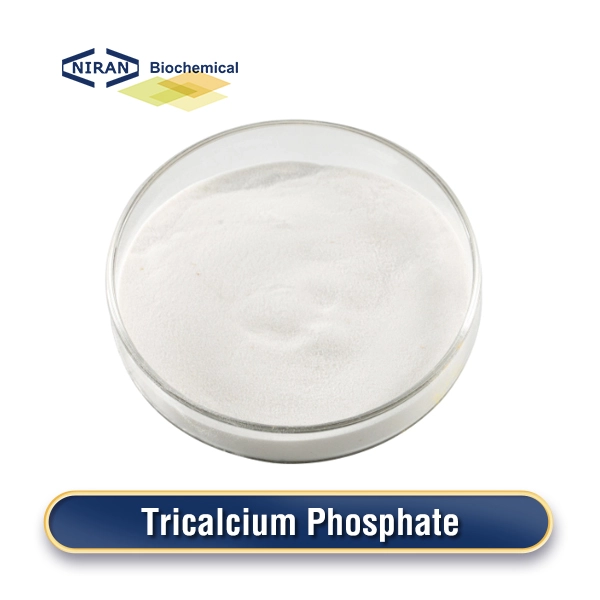
Tricalcium Phosphate
- A common food additive, it serves as an anti-caking agent and calcium source in Meat & Poultry. Typical dosage ranges from 1-5 g/kg.
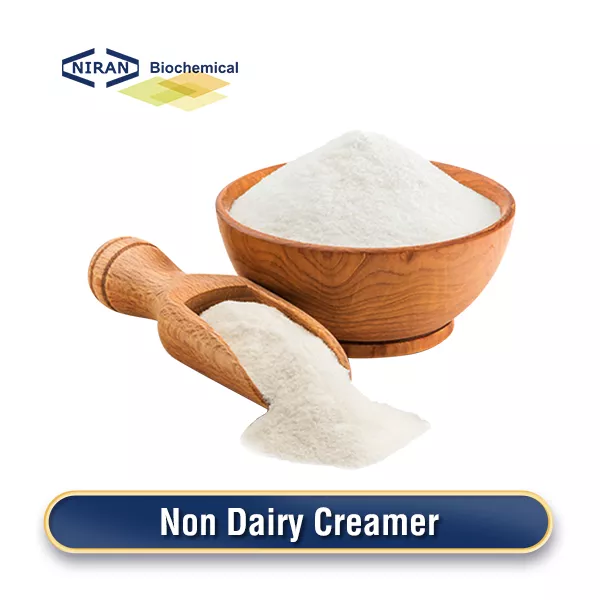
Vegetable Fat Powder
- It is used as a natural food additive for enhancing flavor, color, and nutrition. Typical dosage ranges from 1% to 5% depending on application.
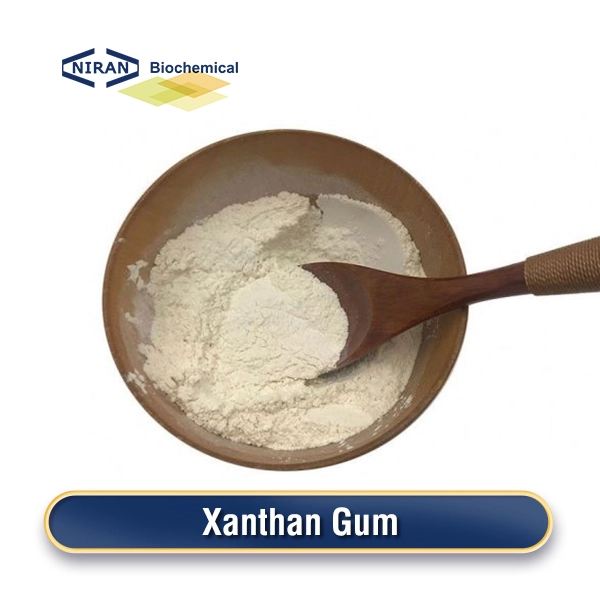
Xanthan Gum
- It is added to food items at a rate of 0.05-0.3% to enhance texture and viscosity, and it serves as a thickening and stabilizing ingredient.
In addition to widely used food additives such as emulsifiers and preservatives, biscuit products often contain various other additives to make them bright in color, improve the texture for a more pleasant taste, and add elasticity to the dough for a perfect taste, such as:
- As a natural colorant in biscuits, it provides a vibrant yellow-orange hue. Typical dosage ranges from 0.01% to 0.05%.
- As a leavening agent in biscuits, it provides texture and volume. Recommended dosage ranges from 0.1% to 0.5% of the flour weight.
- As a natural sweetener in biscuits to lower the sugar level without sacrificing flavor. Typical dosage ranges from 0.05% to 0.1% of total weight.
Ethyl Maltol
- It enhances the sweetness and aroma of biscuits, providing a pleasant caramel-like flavor. Dosage for each kilogram is between 50 and 100 mg.
- It enhances the sweet, vanilla-like flavor in biscuits, typically used at 0.05%-0.2% of the total recipe for optimal taste and aroma.
- It enhances the flavor and aroma of biscuits, providing a sweet, vanilla-like taste. Typical dosage ranges from 0.05% to 0.2% of the total ingredients.
- It improves biscuit dough elasticity and structure, enhancing texture and shelf life. Recommended dosage is typically 1-3% of the total flour weight.
In addition to common food additives, bread products frequently incorporate specialized additives to enhance various aspects, such as texture and dough strength, shelf life, appearance, elasticity, stability, taste, flavor, and moisture retention. These include:
- As a food additive, it inhibits mold growth in bread, extending shelf life. Typical dosage ranges from 0.1% to 0.3% of flour weight.
L-cysteine Hydrochloride Monohydrate
- As a dough conditioner, it improves elasticity and reducing mixing time in bread, with a typical dosage of 30-90 ppm.
- In addition to improving moisture retention and texture, it serves as a sweetener in bread. Dosage ranges from 3-5% of the total flour weight.
Maltitol Solution
- As a sugar substitute in bread, it enhances sweetness and moisture retention. Typical dosage ranges from 2% to 5% of the dough weight.
Maltose Syrup
- It enhances browning, moisture retention, and flavor in bread. Typical dosage ranges from 2% to 5% of the flour weight for optimal results.
- In bread acts as a humectant, it retains moisture to improve texture and shelf life. Typical dosage is 0.2% to 0.5%.
- As a dough conditioner in bread, it improves texture and shelf life. Typical dosage ranges from 0.1% to 0.5% of flour weight.
- As a leavening agent in bread, it improves dough rise and texture. Typical dosage ranges from 0.2% to 0.5% of flour weight.
- It takes the place of sugar to provide sweetness without adding any calories. Typical dosage ranges from 0.5% to 1% of the flour weight.
- It enhances the dough's elasticity, structure, and rise in bread. Typical dosage ranges from 1-3% of the total flour weight.
Vitamin B2
- Vitamin B2 (Riboflavin) enhances the nutritional value of bread by promoting energy metabolism. Typical dosage ranges from 1.5 to 5 mg per 100g of flour.
Yeast
- It is a leavening agent in bread, producing carbon dioxide for dough rise. Typical dosage is 1-2% of flour weight, depending on recipe.
In addition to standard food additives, cake products frequently include other additives to ensure stability and thickness, prevent mold growth, increase sweetness, enhance flavor, support fermentation, improve fluffiness, and alter color, such as:
- Agar acts as a stabilizer and thickening agent in cakes, enhancing texture and structure. Typical dosage ranges from 0.5% to 1% of the recipe.
- Cakes are preserved by calcium propionate, which stops bacteria and mold from growing. Dosage ranges from 0.1% to 0.3% of the total weight.
Ethyl Maltol
- It is a food additive used in cakes to enhance sweetness and improve flavor. Typical dosage ranges from 5 to 50 ppm depending on recipe.
Fructose Crystal
- It enhances sweetness and moisture retention in cakes, improving texture and shelf life. Typical dosage ranges from 2-5% of the total flour weight.
Potassium Tartarate
- A food additive, stabilizes egg whites and enhances leavening in cakes. Typical dosage ranges from 1-2 grams per 100 grams of flour.
- Cake texture and volume are improved by the leavening action of sodium pyrophosphate. Typical dosage ranges from 0.2% to 0.5% of the total ingredients.
Sodium Propionate
- As a preservative in cakes by inhibiting mold growth. Usually, 0.1% to 0.5% of the total components are used in the dosage.
Vitamin B2
- Vitamin B2 (Riboflavin) enhances the yellow color in cakes, supports energy production, and acts as a fortifier. Typical dosage: 0.2-0.4 mg per 100g.
